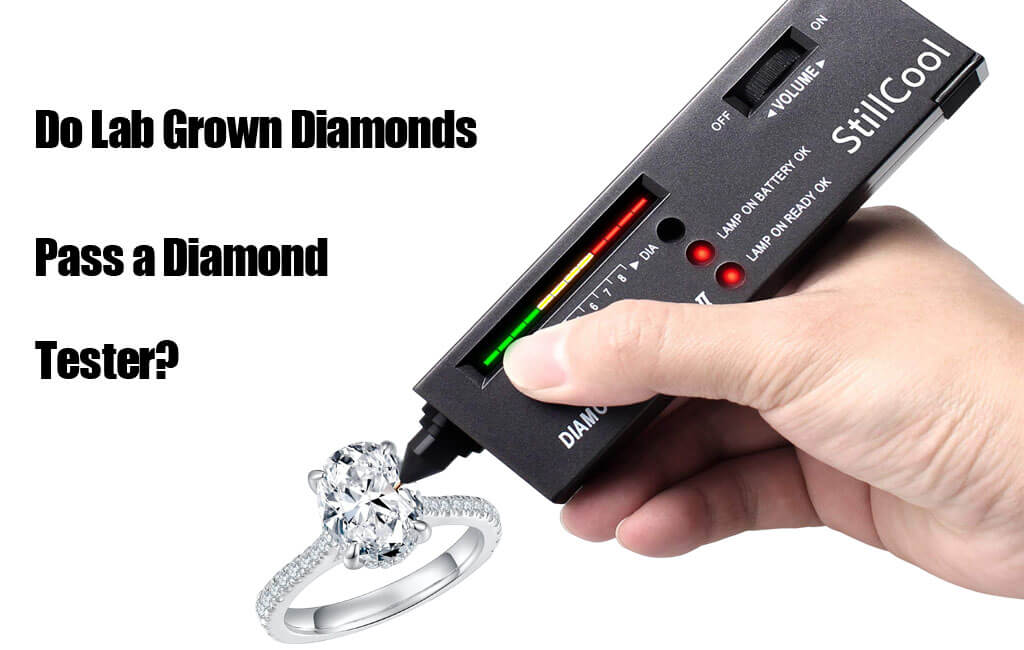
In the world of crystals, diamonds stand out not only for their beauty additionally their value. As a result, ensuring the authenticity of a diamond has become paramount for both consumers and jewelers. Enter the diamond tester, an important tool that helps determine whether a stone is a genuine diamond or a man made alternative. This article will explore the function, diamond tester price , and significance of diamond testers, along with practical tips for using them effectively.
A diamond tester works on the principle of arctic or electrical conductivity. Real diamonds have distinct physical properties that set them apart from other crystals and man made diamonds. Arctic conductivity testers measure how quickly heat moves via a diamond, while electrical conductivity testers figure out how well a stone conducts electricity. These methods take advantage of diamonds’ unique characteristics, allowing users to verify authenticity with accuracy.
There are several types of diamond testers in the marketplace, each catering to different needs. Arctic conductivity testers are the most common, having a heated probe that contacts the stone to measure temperature changes. Electrical conductivity testers, while less common, can also provide reliable results. Some modern testers combine both methods, offering a more comprehensive assessment. Additionally, portable testers designed for jewelers are often more sensitive, providing greater accuracy than instant versions meant for casual use.
Using a diamond tester is straightforward, but proper technique is essential for reliable results. Begin by ensuring that the stone is clean and free from dust or oils, as these can restrict the test. Support the tester correctly, following the manufacturer’s instructions, and wait for the device to reach optimal temperature before making contact with the diamond. Once the probe details the stone, see the display carefully. A confident indication typically confirms authenticity, but it’s wise to conduct multiple tests to eliminate any chance of error.
While diamond testers are competent, they are not infallible. Some crystals, such as moissanite, can simulate diamonds closely and may yield false good things on certain testers. Therefore, it’s advisable to use multiple testing methods or seek professional assessment for valuable rocks. Understanding the limitations of your diamond tester is essential for making informed decisions and ensuring the best results.
Choosing a quality diamond tester can save you significant money in the long run. Whether you are a jewelry enthusiast, a dealer, or someone considering a diamond purchase, access the best tester can help prevent costly mistakes. It encourages buyers with knowledge and confidence, letting them distinguish between genuine diamonds and cheaper alternatives.
Furthermore, the value of diamond testers expands beyond personal use. Jewelers often rely on they to uphold their reputations and look after customer trust. The assurance of providing authentic products is critical in an industry where phony items can tarnish a business’s credibility. As a result, investing in reliable diamond testing equipment is not only a good choice for consumers but also a professional necessity for jewelers.
In recent years, technology has advanced diamond testing methods, leading to the development of more sophisticated devices. These innovations have enhanced accuracy and efficiency, making it easier for users to verify diamond authenticity in several settings. From instant models for on-the-go testing to sophisticated laboratory-grade equipment, options are abundant to suit different needs and budgets.
As man made diamonds are more prevalent in the market, the role of diamond testers will only continue to grow. Consumers must be aware of their options and equipped with the right tools to ensure they make informed decisions. With the right knowledge and a reliable diamond tester on hand, buyers can with assurance navigate the diamond market, ensuring that their investments are genuine.
In conclusion, a diamond tester is an essential tool for anyone active in the diamond industry, whether as a buyer or a seller. By understanding how these testers work, their limitations, and the incredible importance of proper usage, individuals can protect themselves from the pitfalls of phony crystals. As technology continues to change, so too will the methods for making sure diamond authenticity, making it increasingly crucial for consumers to stay informed.